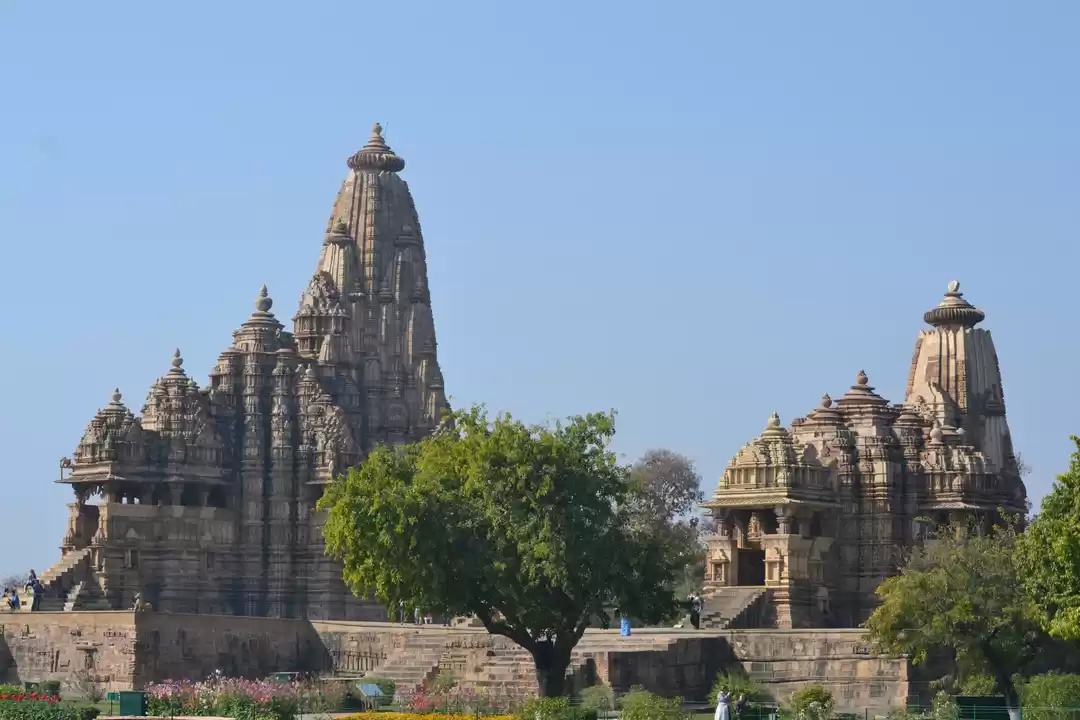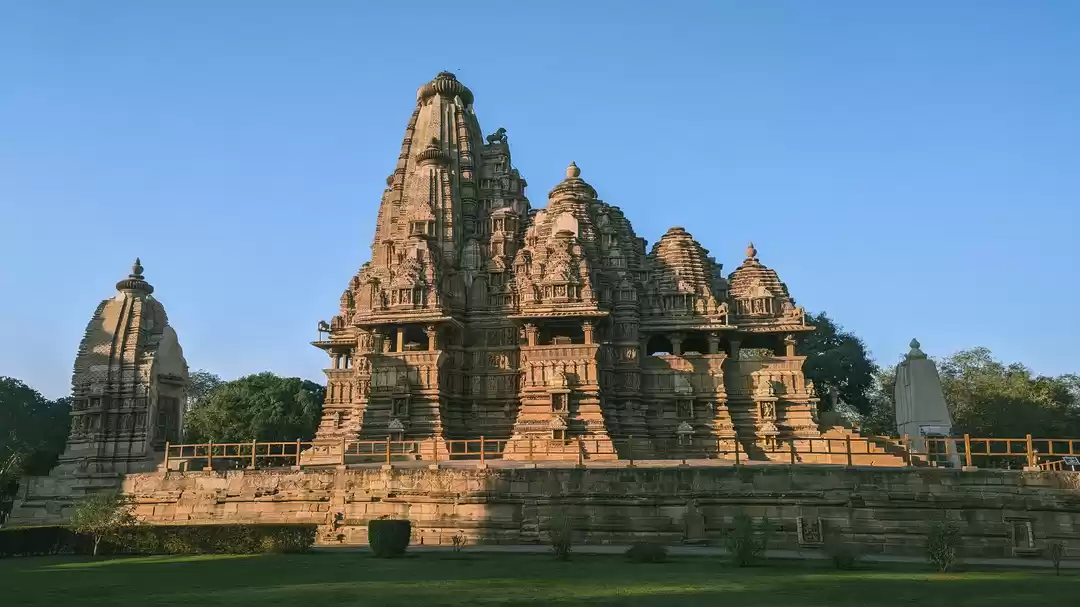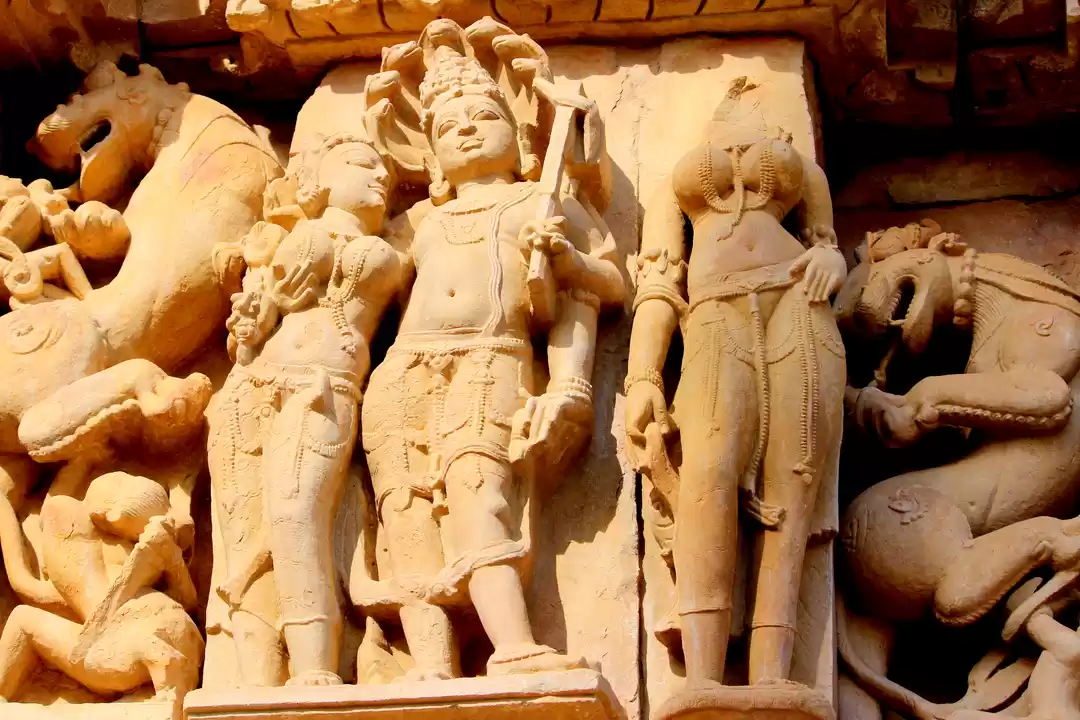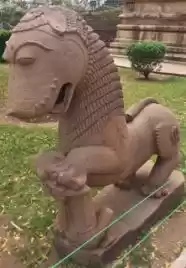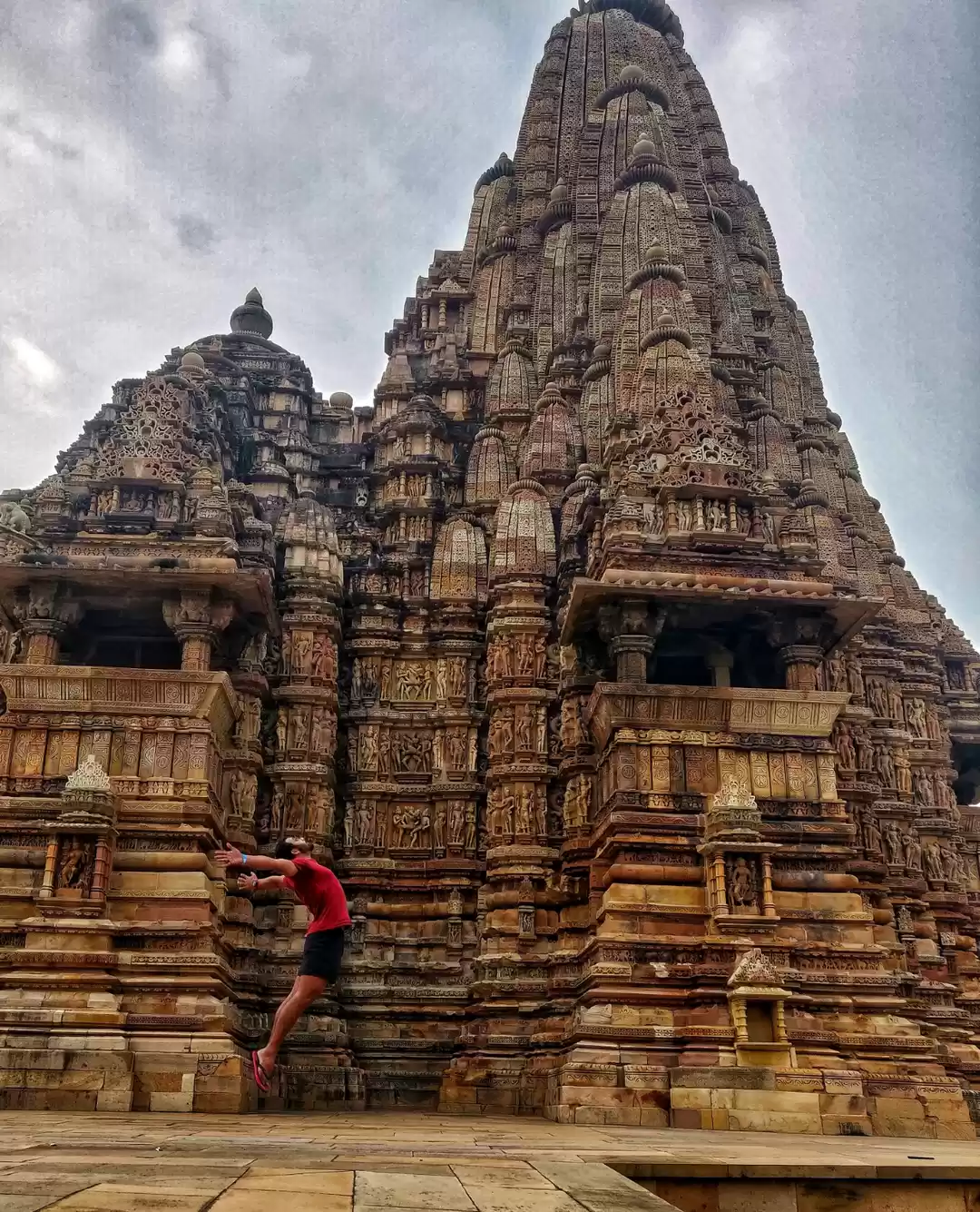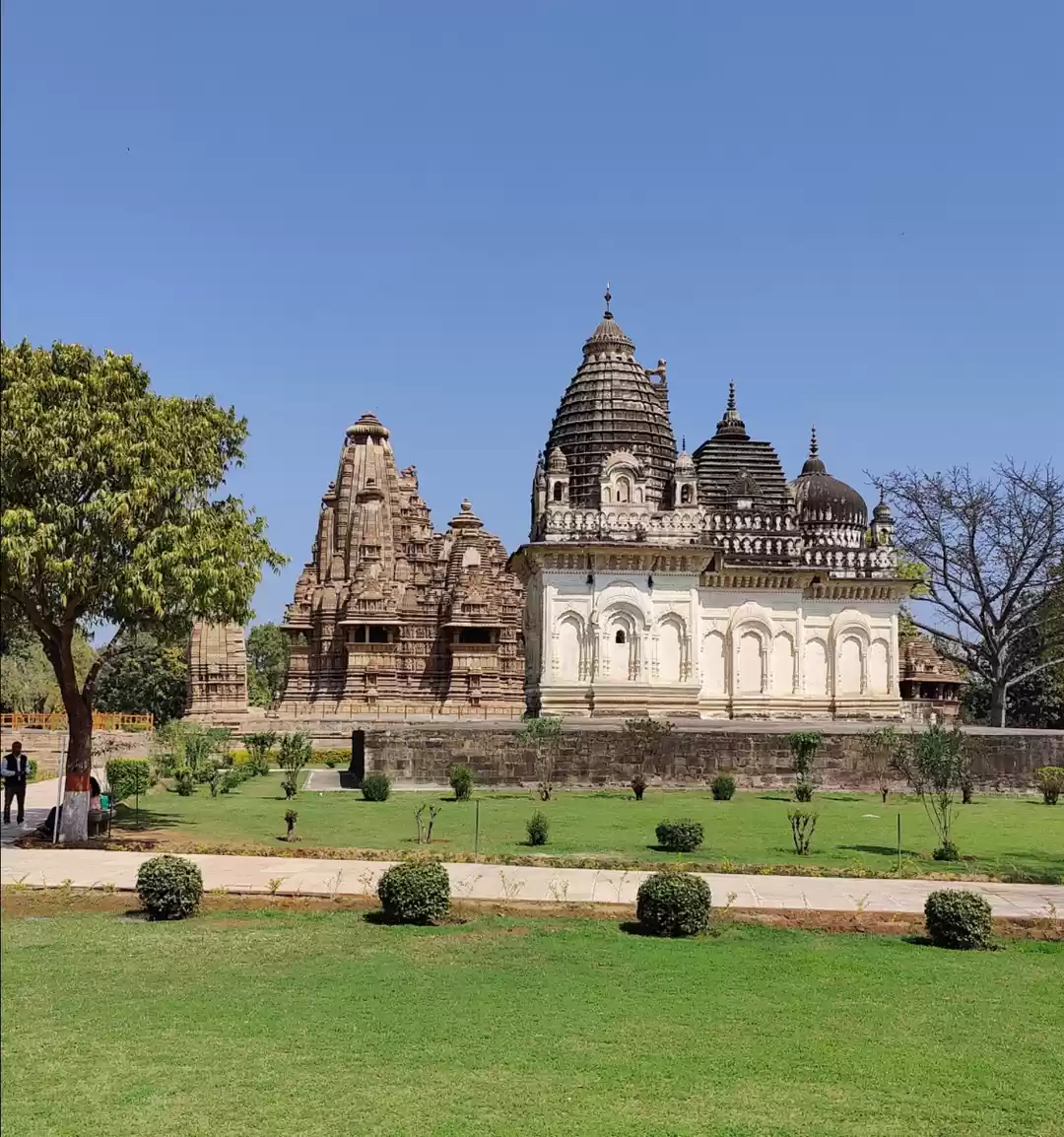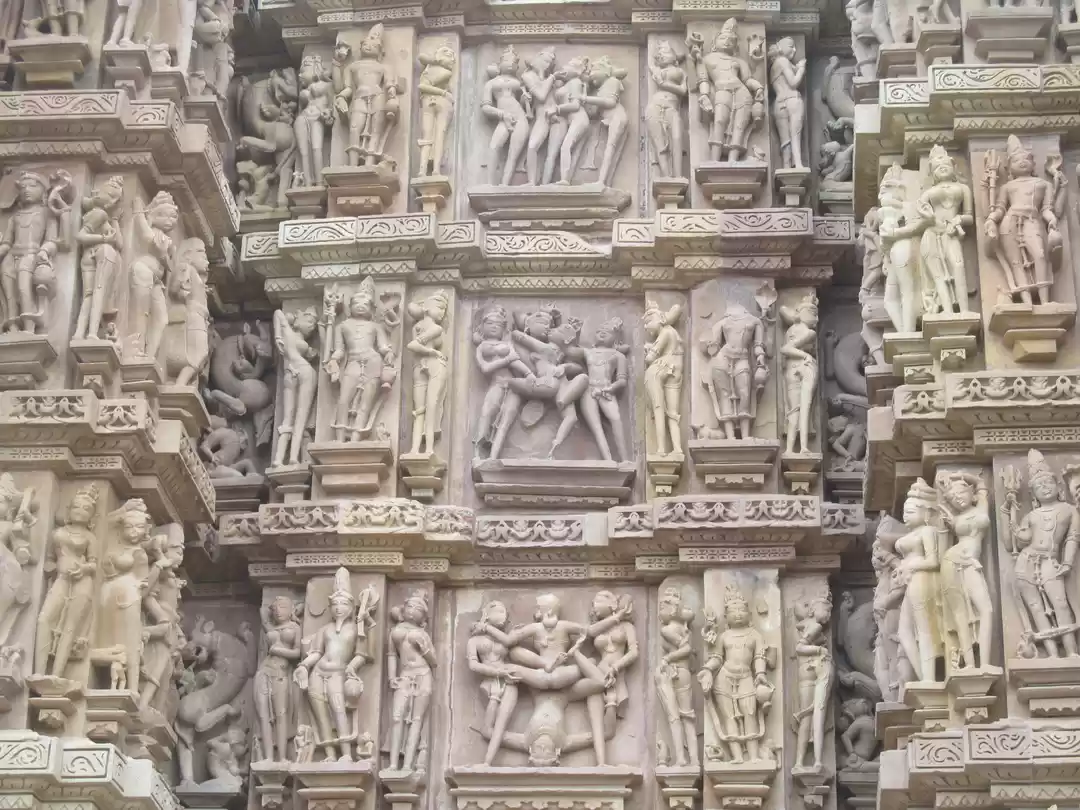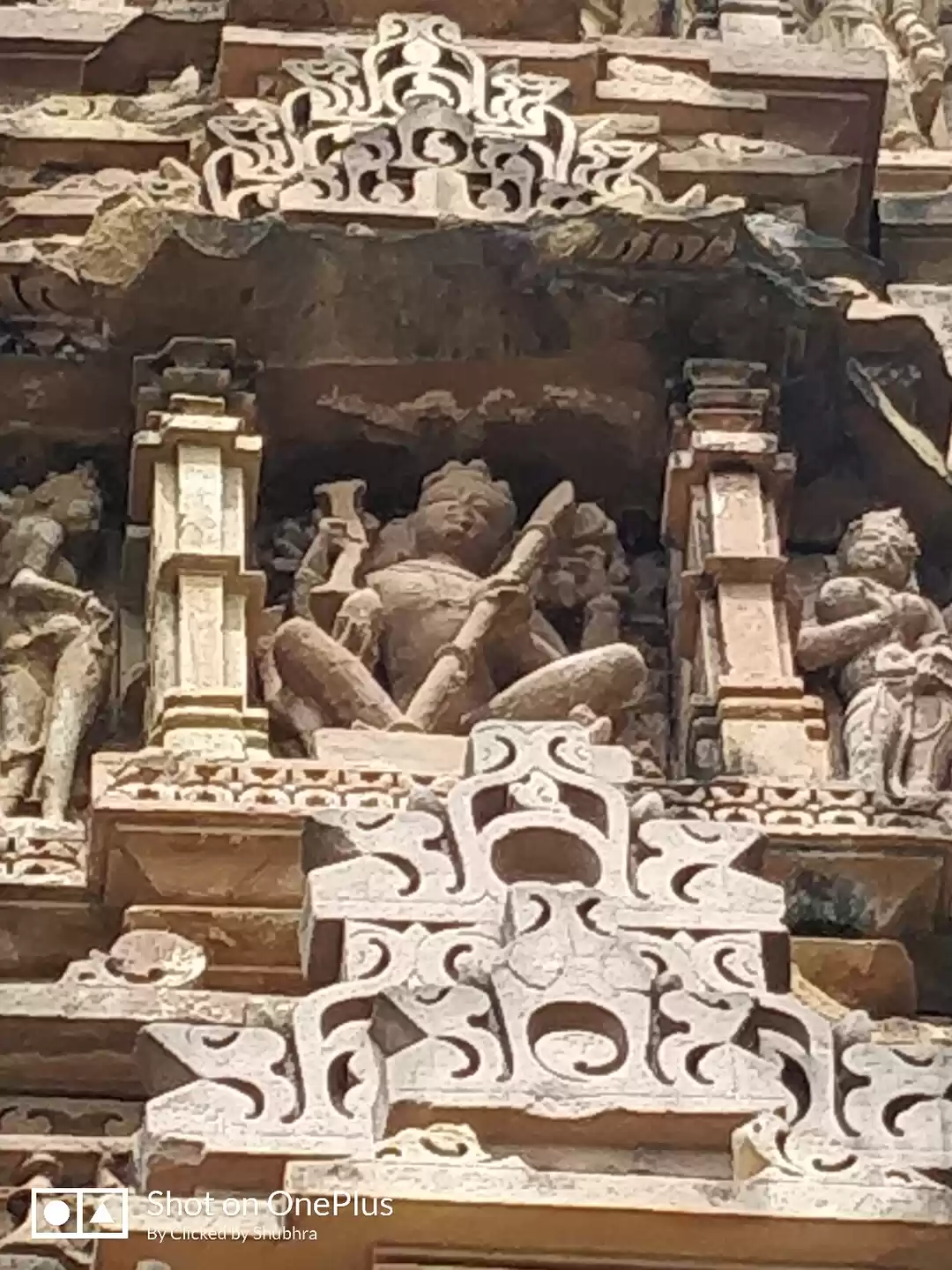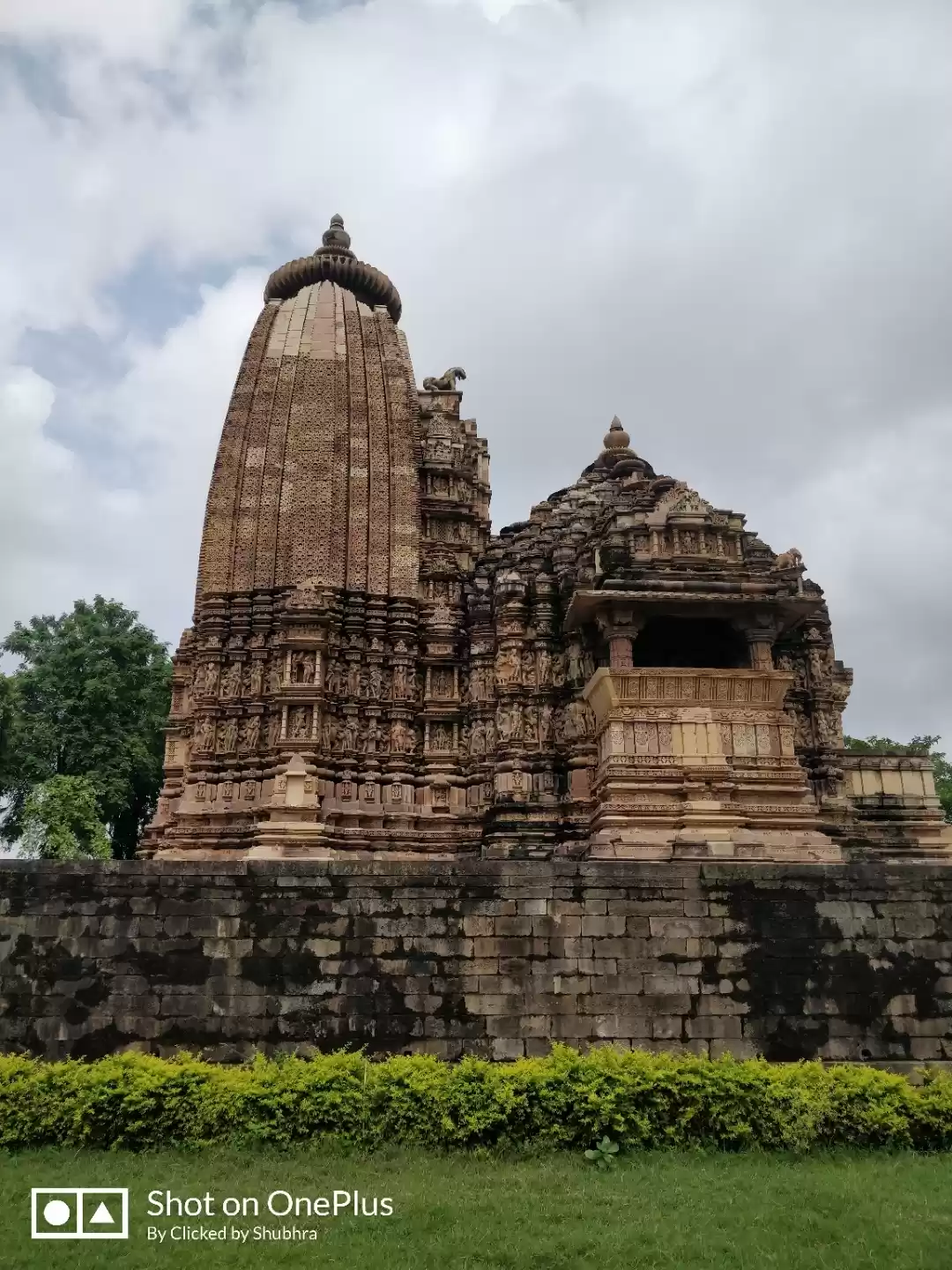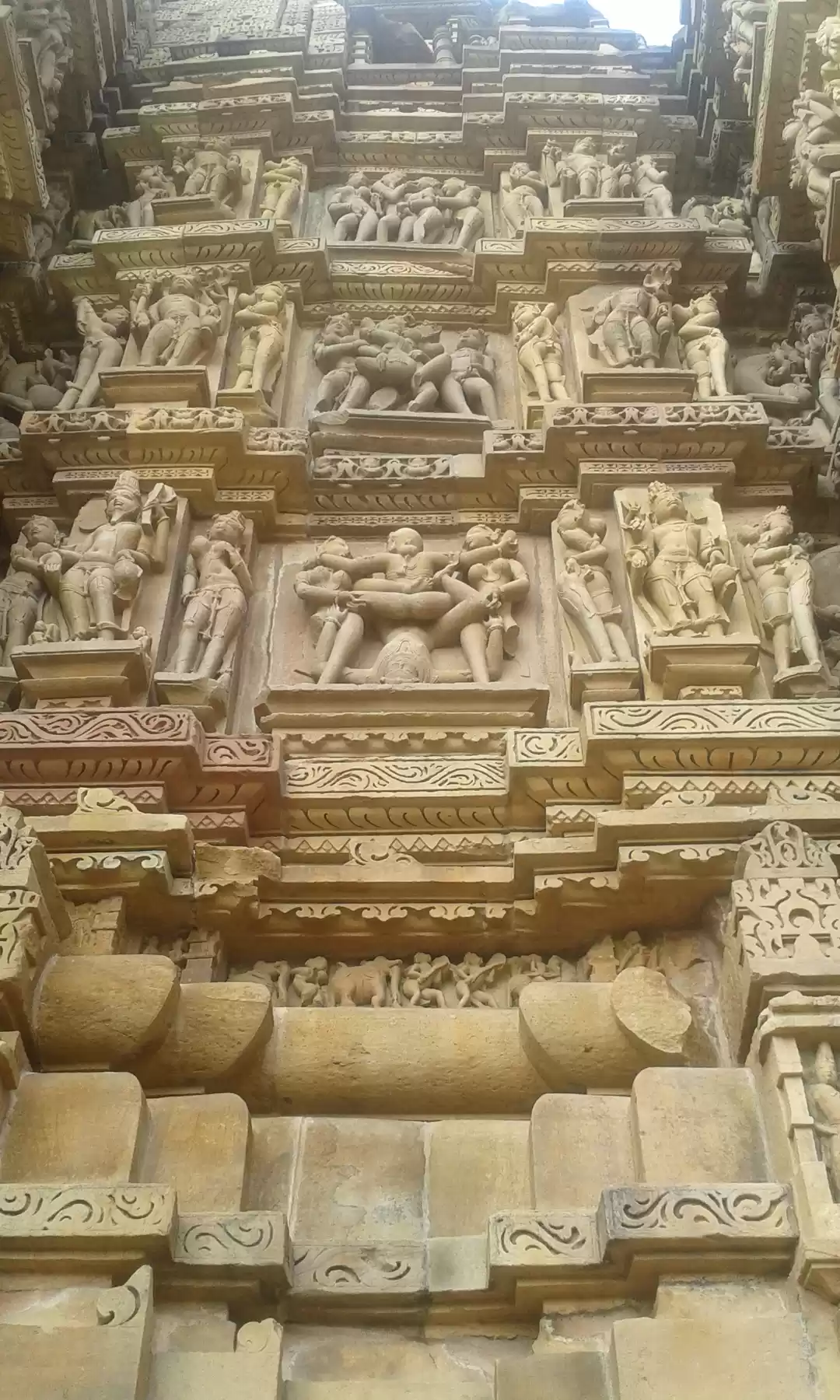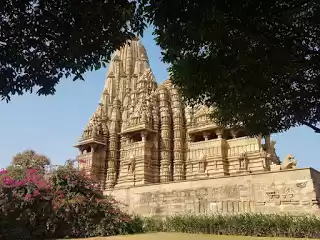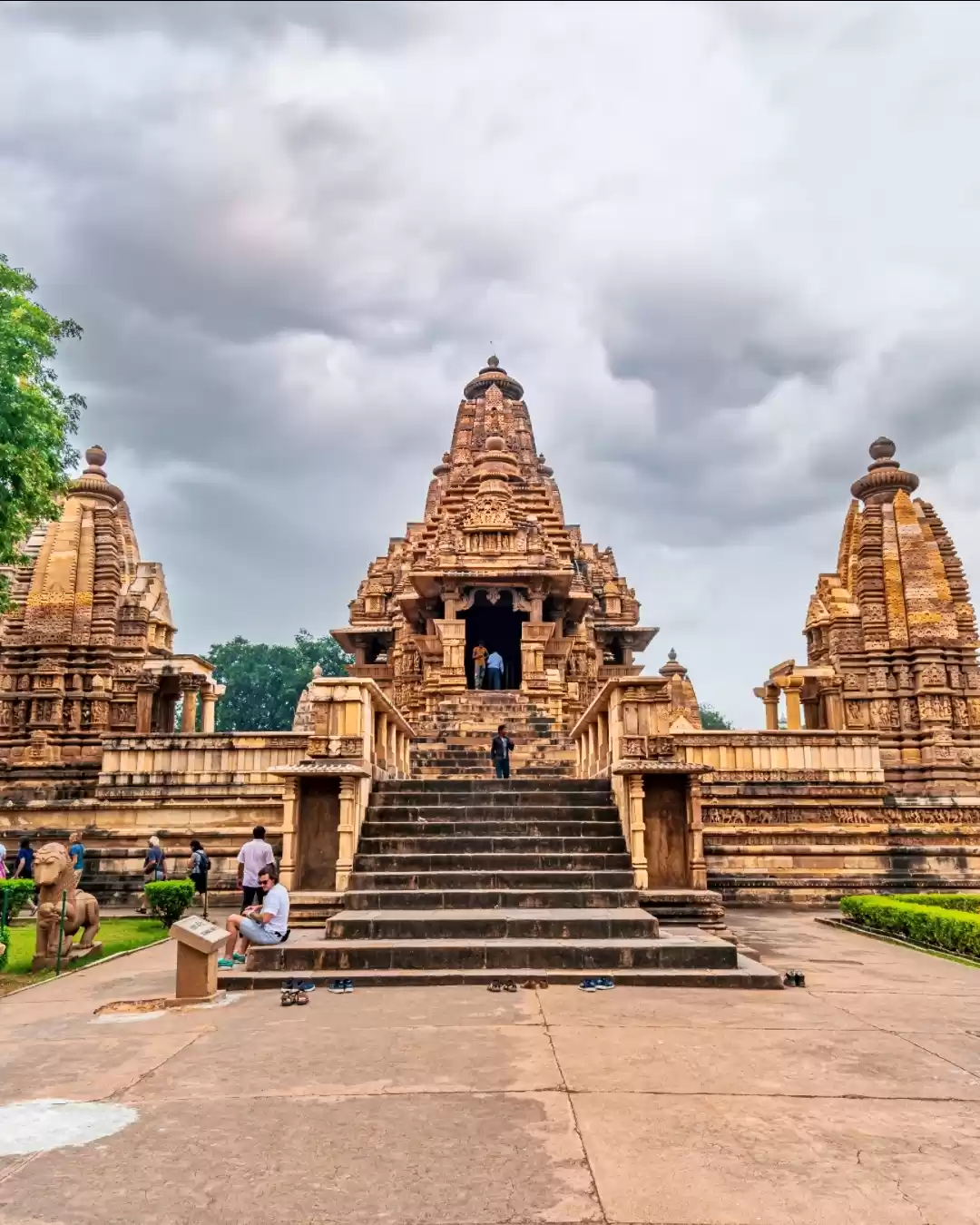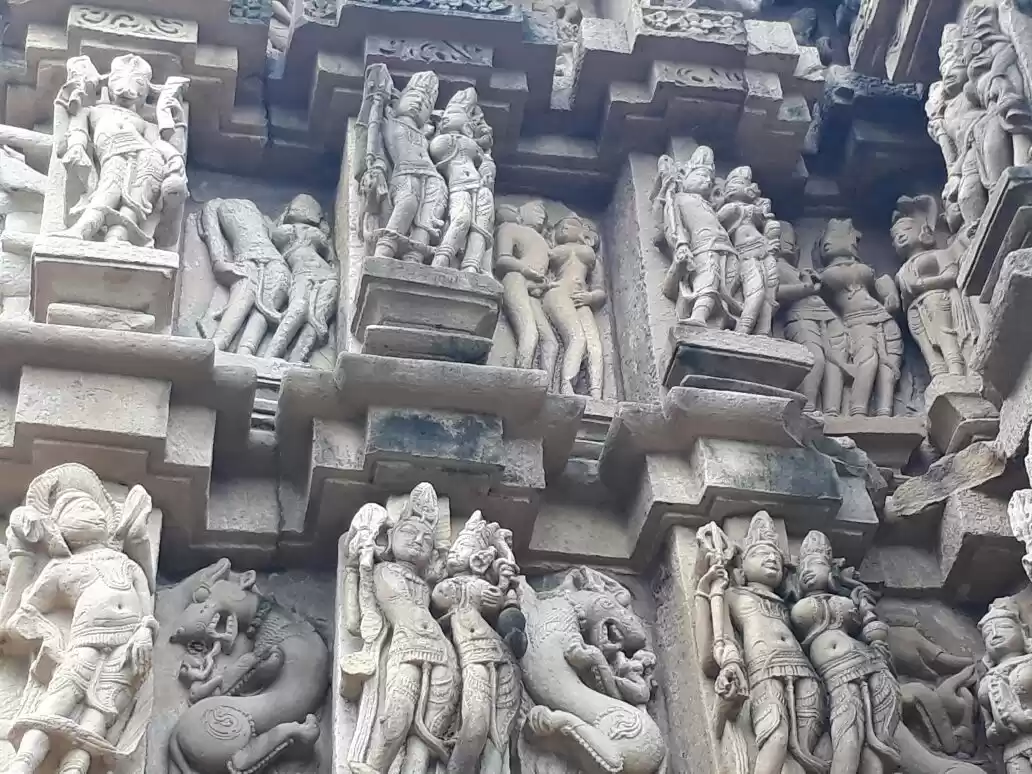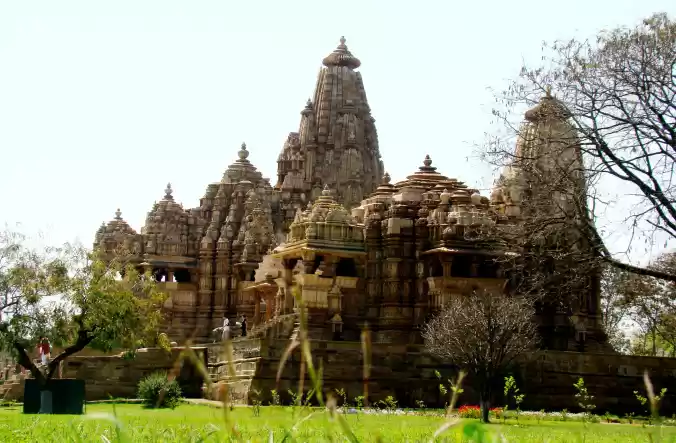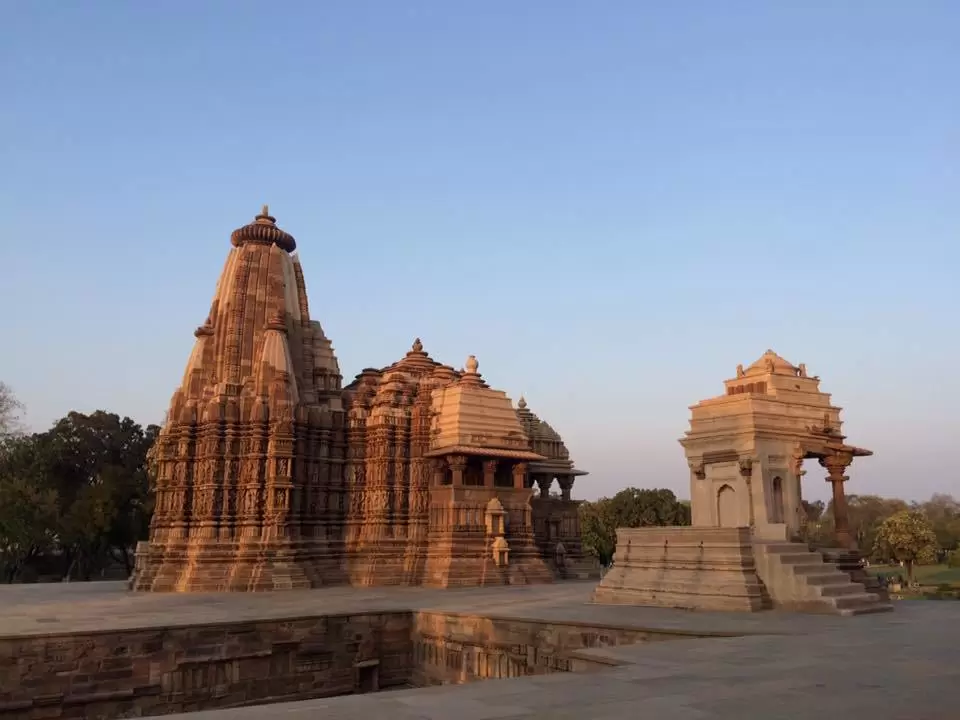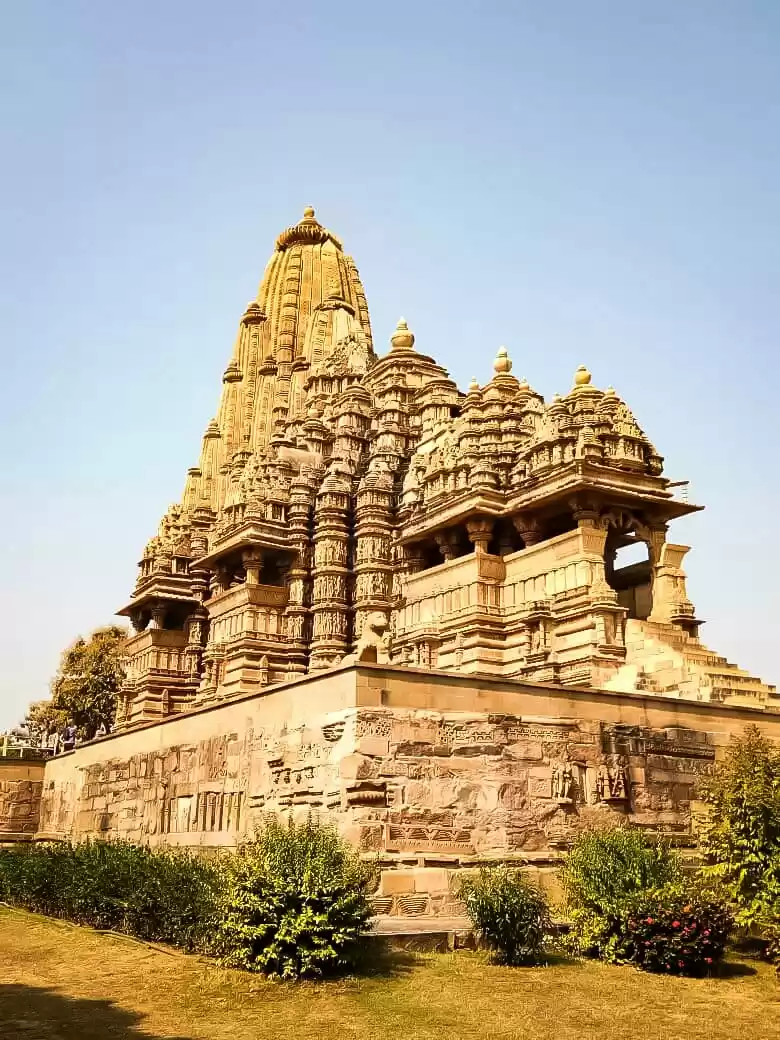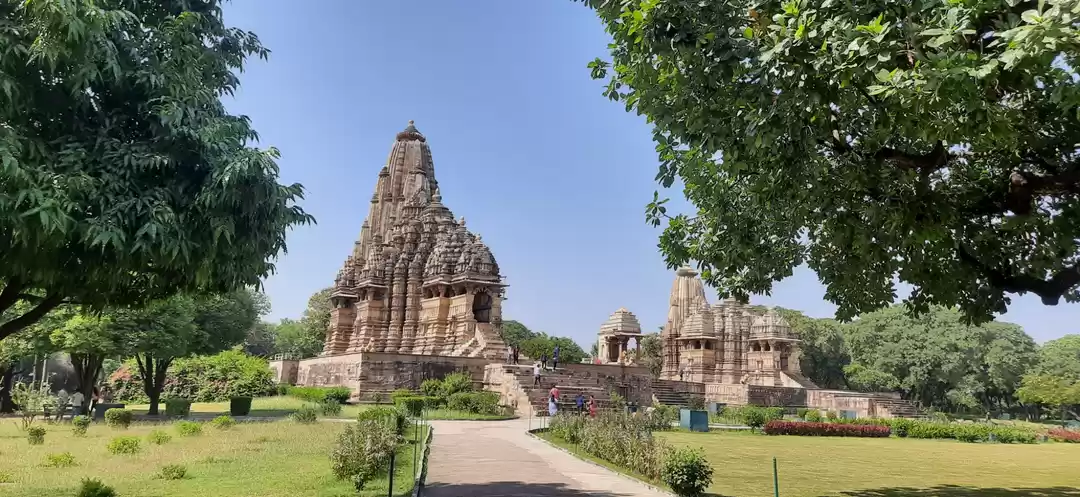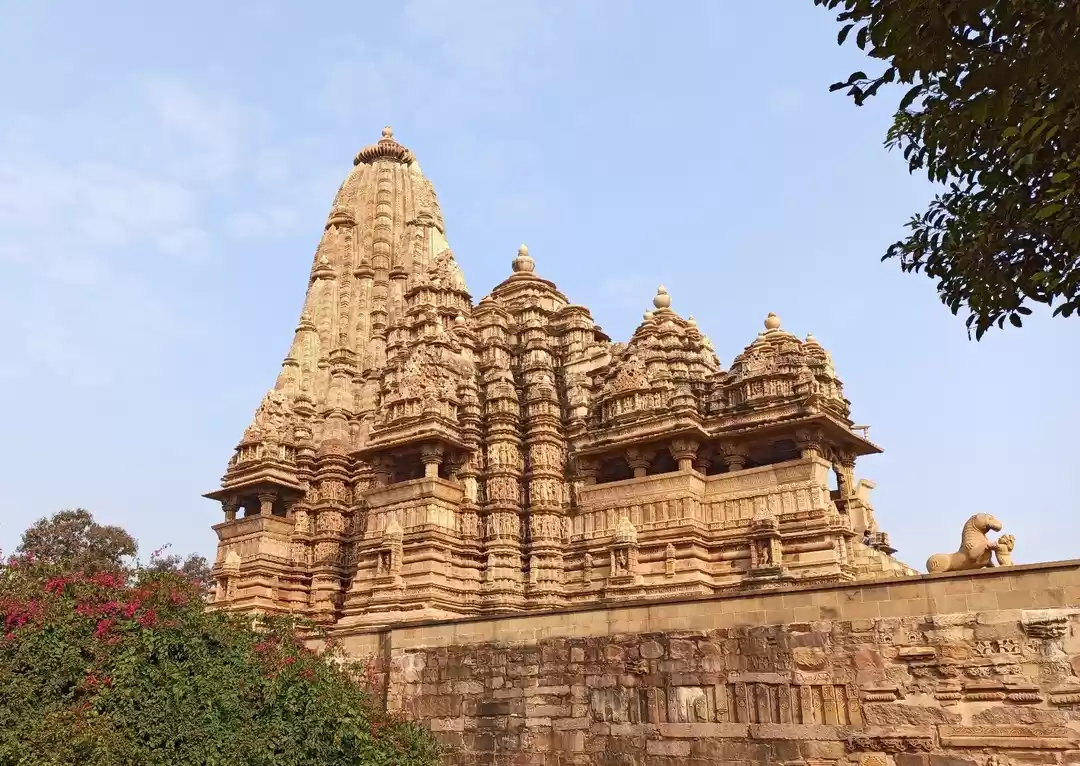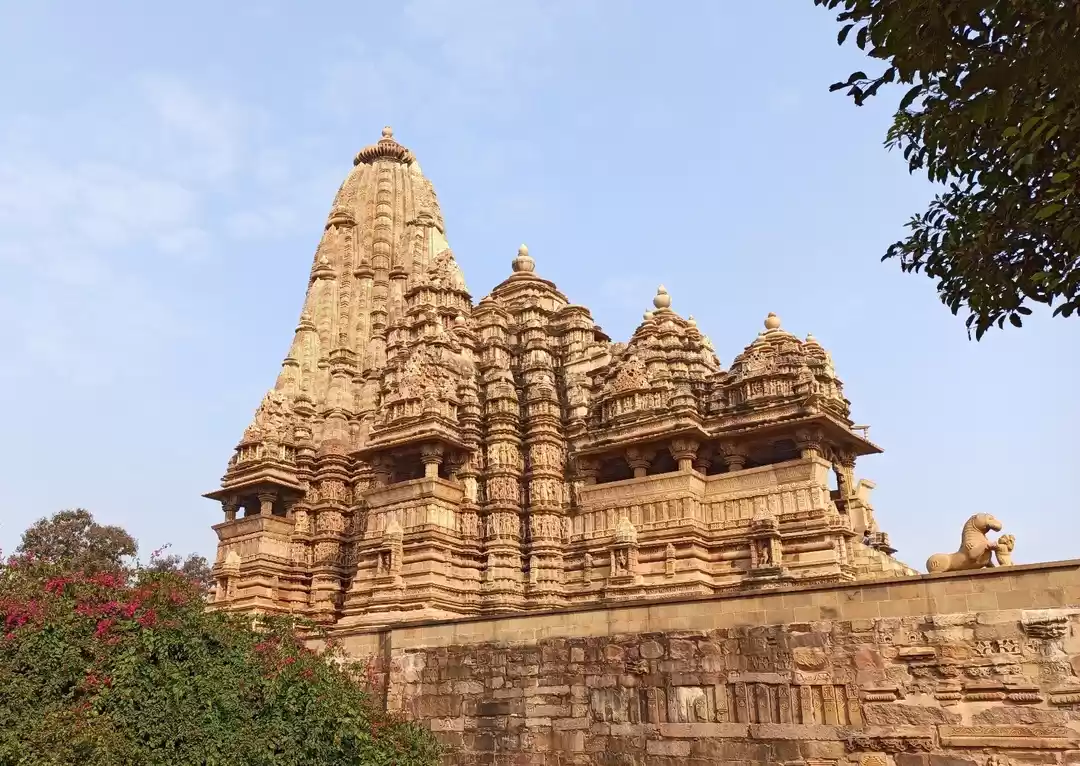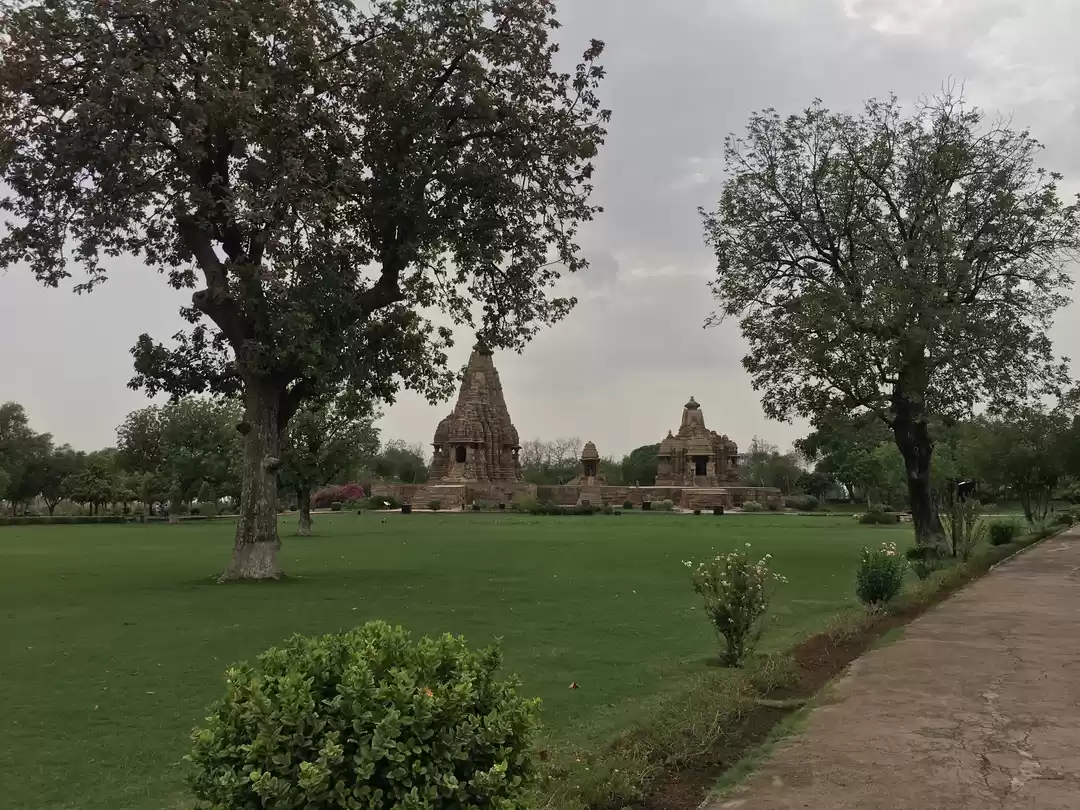
Khajuraho, as we all know is a world heritage site and the second most visited monument in India after the Taj Mahal. Probably the only group of temples visited enthusiastically by the young population. The reason is quite obvious – the erotic sculptures. But trust me, that place is beyond that. When we visited the temples of Khajuraho we learnt about the fineness, accuracy, thought process, efforts, planning and the perfect execution that was put in to construct these marvels.
Coming back to the erotic sculptures; some consider them as absurd while some look upon them as a piece of art. The temple survived many plunders, but was in danger when Gandhiji wanted to chip the walls of these temples as he considered them indecent and embarrassing and so they don’t fit in the “Indian culture”. It was Rabindranath Tagore who intervened and protected them by saying that they are the real national treasure left by our ancestors and should not be demolished just because some people were uncomfortable that their ancestors were sexual beings. But then the question is why are these erotic sculptures carved at the place of worship? Well, no one knows the answer but there are many theories around it. Some of these are –
1. The sculptures on the temple walls depict the goals of human life based on Hinduism (Dharma, Kama, Artha, Moksha). So, Kama is what these erotic sculptures represent. Also, in ancient times, people had to fulfil their goals of human life in a sequential manner. The sculptures perhaps were made to prepare teenagers for their adulthood and to learn better through visualisation. It shows that sex was not a stigma back then and the outside walls of the temples were the requirement of the time and it had the society and sanctions of the religion.
2. The evil attracts evildoers and godliness attracts the gods. Temples being the abodes of gods, will attract the gods like Indra and Varuna (who are mostly responsible for natural calamities), but by seeing the obscene images all around the temple, they will leave the place in utter aversion and thus the temples will remain secure.
3. These figures were carved to test the sincerity and the concentration of the devotees. It was believed that the devotees are sincere if they stand unmoved at the sight of these obscene figures. If not, they will leave the temple without bowing down before the deity; as one can reach to the sanctum only after attaining control on all the senses.
4. The least believed theory says that they were made for the pleasure of the king, who was responsible for the construction of a particular temple.
5. The sculptures depicts the sensuous pleasure of life in an exaggerated manner. The most interesting theory comes with this exaggeration – which combines sex and yoga together (this justifies the unbelievable and difficult sex positions sculpted on the walls of these temples). The origin of these figures on temple walls of medieval India is traced to Tantric cult mentioned both in Hinduism and Buddhism. Kalinjar, a fortified city near Khajuraho was a big centre of Tantric practices back then. In Sanskrit, the word “tantra” means woven together.
You may also like to read: thirunelli temple, sripuram golden temple
And tantric sex is believed to be a form of meditation to connect the physical with the spiritual with the aim to move the sexual energy throughout the body for healing, transformation and enlightenment. Here the enlightenment or the ultimate goal does not refer to orgasm, but enjoying the sensual journey and get familiar with all your bodily senses and also that of your partner’s. This sacred ritual of the mystical tantric union is called as Maithuna. And this cannot be associated with ordinary sex. To practice Maithuna, the body must be first purified, both internally and externally, and the mind must be free from emotions and needs.
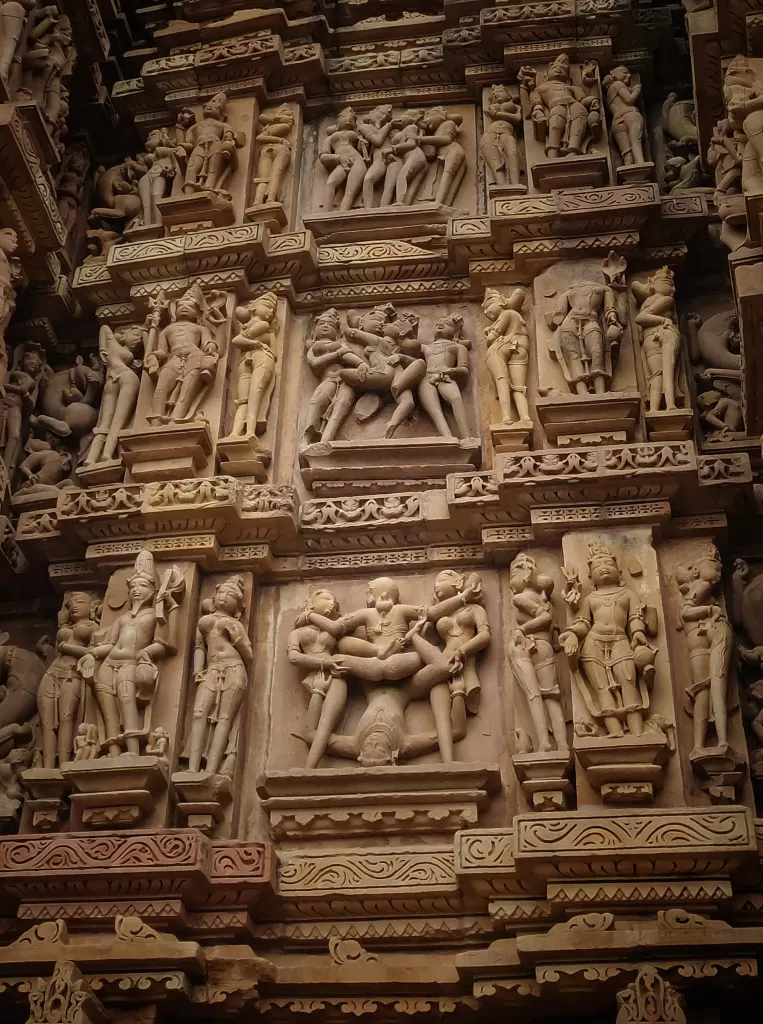
Ending with an interesting discussion that we had with our guide. There is a sculpture which one might look like a sexual act between two men. But later the guide explained that homosexuality is not showcased in any of the sculptures of Khajuraho and that sculpture is actually a tantric guru teaching his disciple how to control the sensual energy. Upon asking his views on Homosexuality the guide answered, ‘Sex is considered as a divine union of the male and female energy to maintain the cosmic balance and the survival of mankind by fertilizing the energy, resulting in reproduction. This is not quite possible between same genders. There will be a surge of energy, but it won’t be of any use as it will not result in reproduction’. Perhaps a logical answer by an homophobic.

